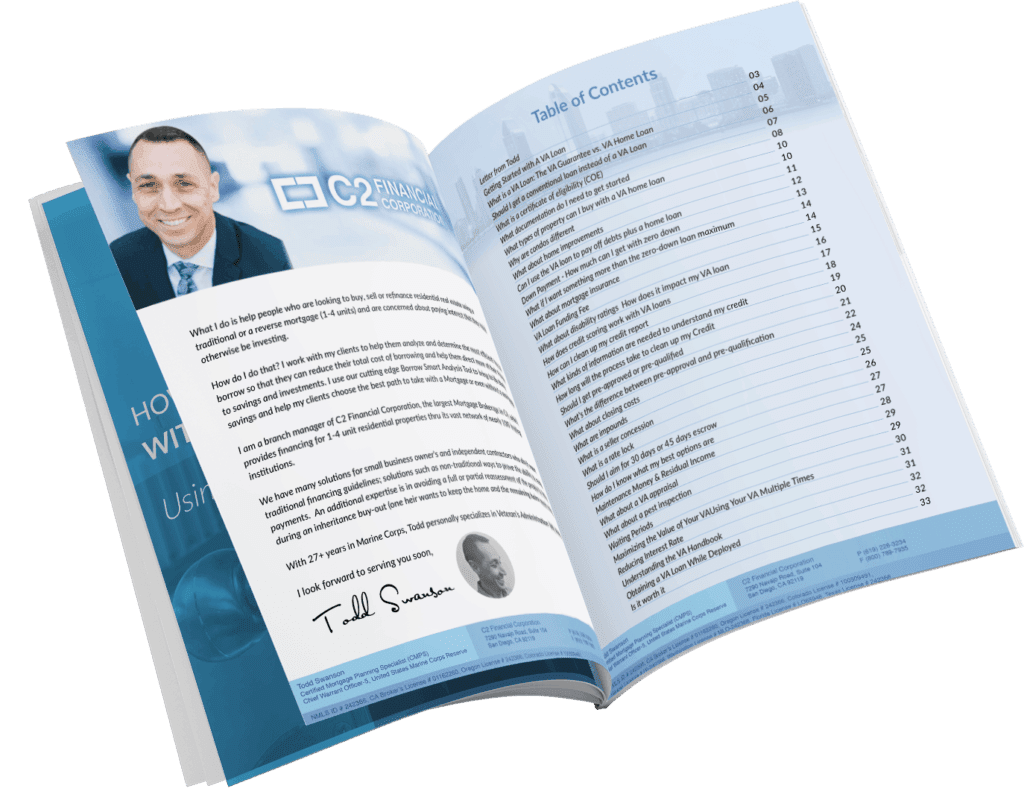This year has proven old habits don’t always die hard. Many consumers are acting out of necessity with the new normal of a pandemic: urban dwellers are transitioning to suburbia and rural living, clients are buying quicker than usual, and desired features and needs are altering. What other shifts will 2020 bring? Plus, we look at some COVID-related myths and fears that we challenge to help you navigate the current housing market.
UPDATE (Aug 25, 2020): Consumer spending surged in July. Now that stimulas packages and unemployment benefits have ended, consumer confidence is down to its lowest level – 84.8 – for the first time in six years. (Bloomberg)

How Has the Pandemic Shifted Consumer Patterns and Behaviors?
Work From Home:
As the idea of true normalcy pushes further into 2021, industries are adapting to the new reality of working from home. Greg Rosalky of NPR reported that before the pandemic, only 4% of American workers worked from home. As of May 2020, that number jumped to 37% and has surely climbed since.
With people needing to convert their homes into the office spaces they need to conduct their business comfortably and efficiently, many are reevaluating their living situations. A downtown studio apartment in a large city just might not cut it anymore, especially if one, two, or more family members are spending 90% of their time inside for the foreseeable future. Apartment owners and first-time buyers are looking to expand their spaces. This is a good sign for the housing market and it has already been seeing results.
Metro to Burbs:
The appeal of living in urban areas had decreased drastically for several reasons.
- Congested cities hold higher rates of infection spread.
- Activities commonplace to downtown areas in major cities have largely ceased.
- Commuting to work for many American workers has drastically lessened; making proximity to the workplace less of a necessity.
- Renting an apartment in these areas could be just as expensive as mortgaging a home in surrounding suburbs.
Will this trend last post-coronavirus? Those who will be looking for new work may need to move closer to or in a major city where more jobs tend to be available. Others might prefer the city lifestyle. It may not last forever, but the sentiment seems to have deepened on the value of what a home brings.
Listings and Sales:
Eager buyers jumped on the opportunity to find a home as soon as state mandates were lifted and rates kept moving lower. The spring market was non-existent so the demand was released all at once in the summer months. Buyers knew their options were limited and prepared for a competitive market. On average, homes are on the market for an average of 60-90 days. In some hot metro areas, homes were selling in less than 2 weeks. Home prices began to rise, and buyers acted fast on available homes for a good deal.
Three Real Estate Myths Proven Wrong
Home Prices are Declining:
We watched as mortgage rates decreased, but that doesn’t mean home prices dwindle. Home prices have increased nationally. In July, home prices saw an 8.5 percent increase. Though low mortgage rates offer more buying power, the lack of inventory pushes prices and competition higher.
Now is Not the Time to Sell:
It is a great time to sell! The pandemic has created a seller’s market. Statistics are debunking any myths saying otherwise. Demand is up, and prices are not dipping. The NAR reported pending home sales jumped 44.3% in May, the largest month-over-month increase since they started tracking it in 2001. They also reported that the median price for single-family homes grew 2.8% year over year during the second quarter of 2020 to a high of $311,300. Again, the inventory shortage is the number one reason why listed homes are coming in with multiple offers. In June, it was reported that there were 18.2% fewer homes available for purchase than last year.
It’s Not Safe to View Homes:
We will always put our clients and team member’s safety first. Real Estate has remained essential in most states throughout the shelter-in-place periods. It is super important that anyone you would come into contact with during the home buying or selling process practices the requirements mandated by your state.
The industry as a whole, immediately implemented alternate solutions to close transactions. Virtual home buying and 3D Tours are both efficient and competent ways buyers have been viewing and making their final decisions. Consulting with agents and lenders has shifted from in-person to digital calls. Required documents have turned to digitization and e-signatures, which for many is a convenience. These changes haven’t changed the customization and individual customer service professionals can offer to clients.
The market has shown resilience and progress. While there are a lot of circling questions, let us ease your mind. We are prepared and in a position to help you buy that new home. Call today and let’s explore your local market together.
This article is intended to be accurate, but the information is not guaranteed. Please reach out to us directly if you have any specific real estate or mortgage questions or would like help from a local professional. The article was written by Sparkling Marketing, Inc. with information from resources like NPR, Realtor.com, and MSN.





